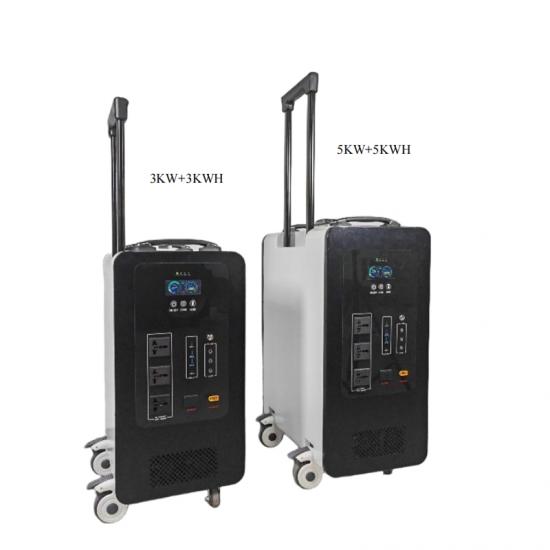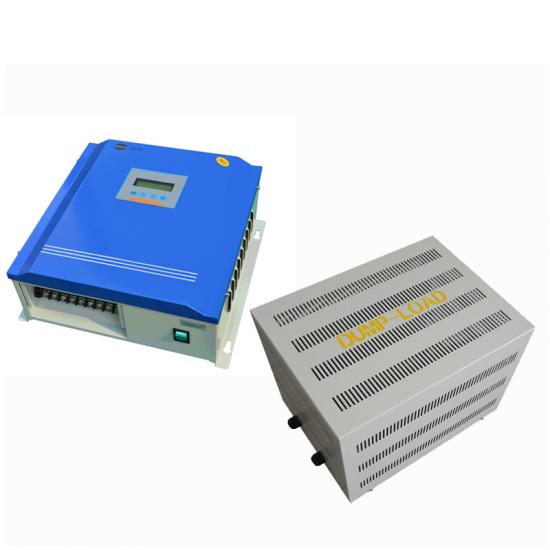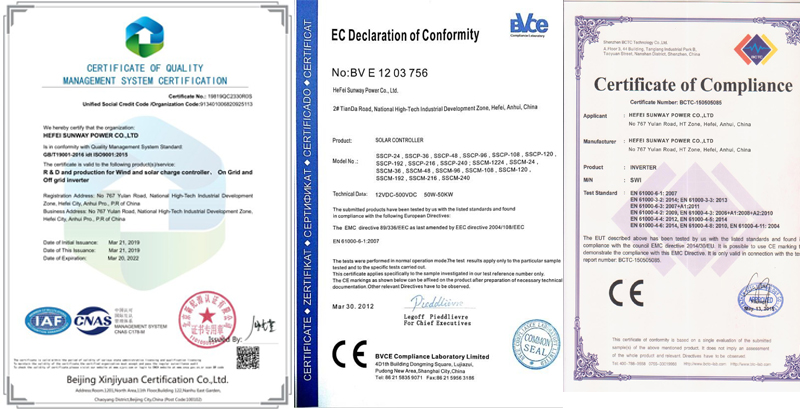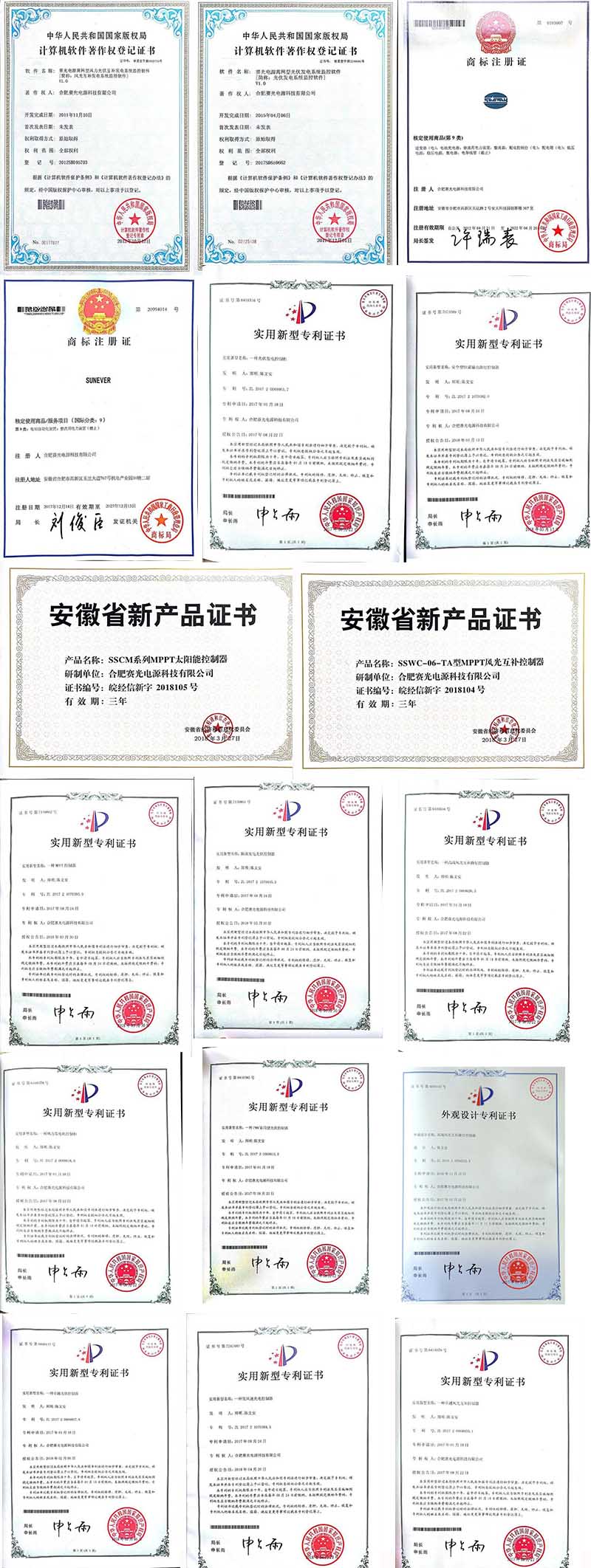The photovoltaic off-grid power generation system mainly consists of photovoltaic modules, brackets, controllers, inverters, batteries and power distribution systems. The system electrical scheme design mainly considers the selection and calculation of components, inverters (controllers) and batteries. Before the design, the preliminary work should be done well, because the off-grid system is customized, there is no unified solution, you need to understand the user load type and power, the power consumption during the day and night, and the climatic conditions of the installation site. Photovoltaic off-grid systems rely on weather for electricity and have no 100% reliability.
The off-grid system must have a battery and occupy 30-50% of the cost of the power generation system. Moreover, the service life of lead-acid batteries is generally 3-5 years, and it has to be replaced afterwards. From the economic point of view, it is difficult to obtain a wide range of promotion and use, and it is only suitable for use in places where there is no electricity.Unlike off-grid systems and grid-connected systems, components and inverters are not configured in a certain proportion, but are designed according to the user's load, power usage and local weather conditions:
1. Confirm the power of the off-grid inverter according to the user's load type and power.
Household loads are generally divided into inductive loads and resistive loads. The load with motor such as washing machine, air conditioner, refrigerator, water pump, range hood is inductive load, motor starting power is 3-5 times of rated power, in calculating inverter The power of these loads must be taken into account when calculating the power. The output power of the inverter is greater than the power of the load. However, for the average poor family, considering that all loads cannot be turned on at the same time, in order to save costs, the sum of the load powers can be multiplied by a factor of 0.7-0.9. The list below is the power of common household appliances for reference during design.2. Confirm component power based on user's daily power consumption
Power available for off-grid systems = total component power * average solar power generation hours * controller efficiency * battery efficiency. The design principle of the components is to meet the daily power consumption of the load under average weather conditions, that is to say, the daily power generation of the solar modules is slightly larger than the daily power consumption of the load. Because the weather conditions are lower than and above the average, the design of the solar cell module basically meets the needs of the worst season of illumination, that is, the battery can be fully charged every day in the worst season of illumination. However, in some areas, the illuminance of the worst season is much lower than the annual average. If the power of the solar modules is designed according to the worst case, then the power generation will far exceed the actual demand at other times of the year. , causing waste. At this time, we can only consider to increase the design capacity of the battery properly, increase the storage of electrical energy, and make the battery in a shallow discharge state, to make up for the damage caused by the insufficient power generation in the season. The power generation of the components cannot be completely converted into electricity, but also the efficiency of the controller and the loss of the machine and the loss of the battery.
3. Determine the battery capacity based on the user's night power consumption or expected standby time
The task of the battery is to ensure the normal use of the system load when the amount of solar radiation is insufficient. For important loads, it is necessary to ensure the normal operation of the system within a few days, and the number of consecutive rainy days should be considered. For general loads such as solar street lights, etc., it can be selected within 2 to 3 days according to experience or needs. For the average poor family, the main consideration is the price, so don't worry about the rainy days, when the sun is good, use it more. Use less when the sun is not good, not when there is no sun. When selecting a load, try to use energy-saving equipment such as LED lights and inverter air conditioners. The design of the battery mainly includes the design calculation of the battery capacity and the design of the battery pack series-parallel combination. In photovoltaic power generation systems, most of them use lead-acid batteries. Considering the battery life, the discharge depth is generally between 0.5 and 0.7. Battery design capacity = (load daily average power consumption * continuous rainy days) / battery discharge depth.














